The painter and the poet

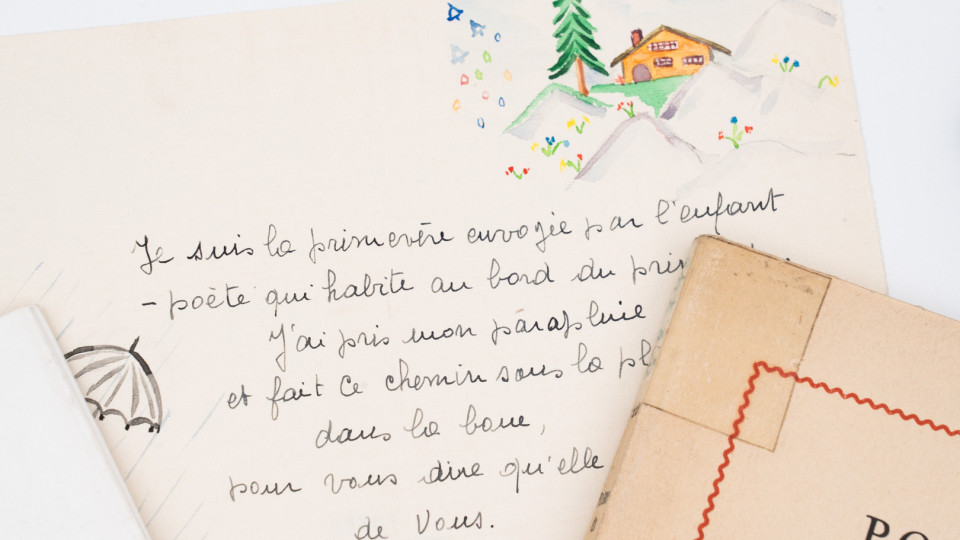

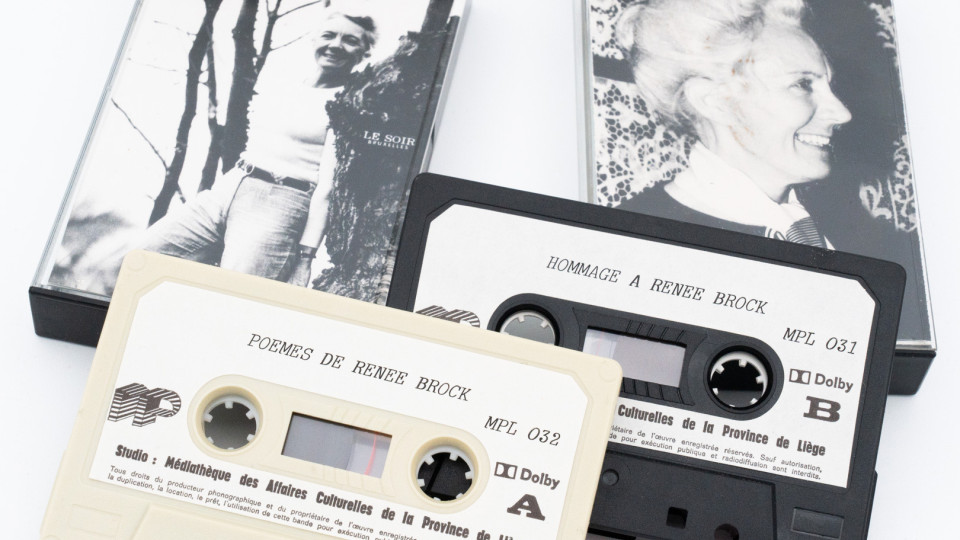

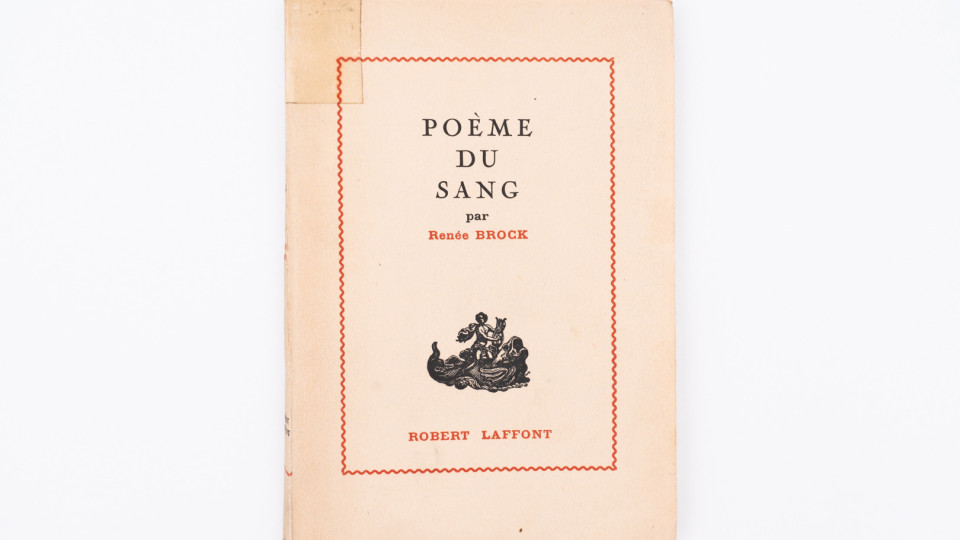
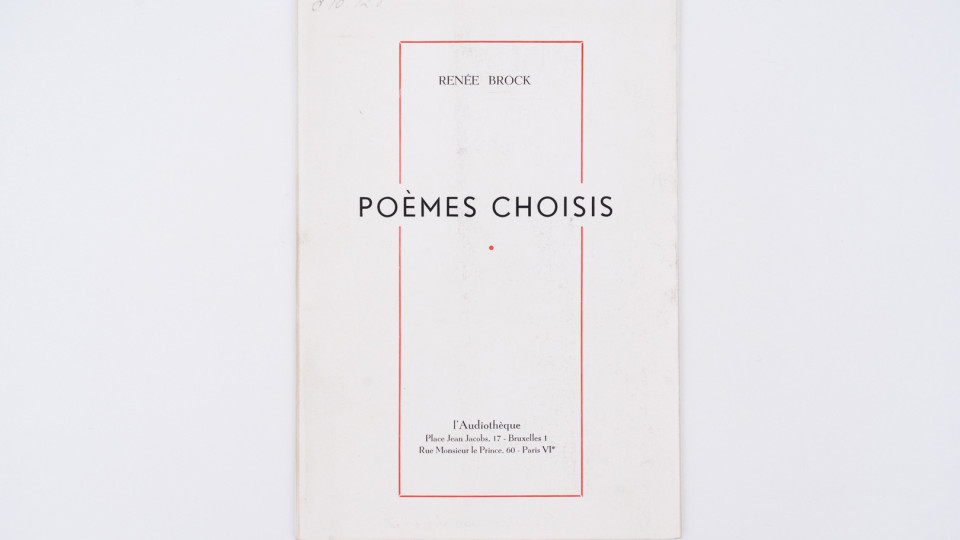
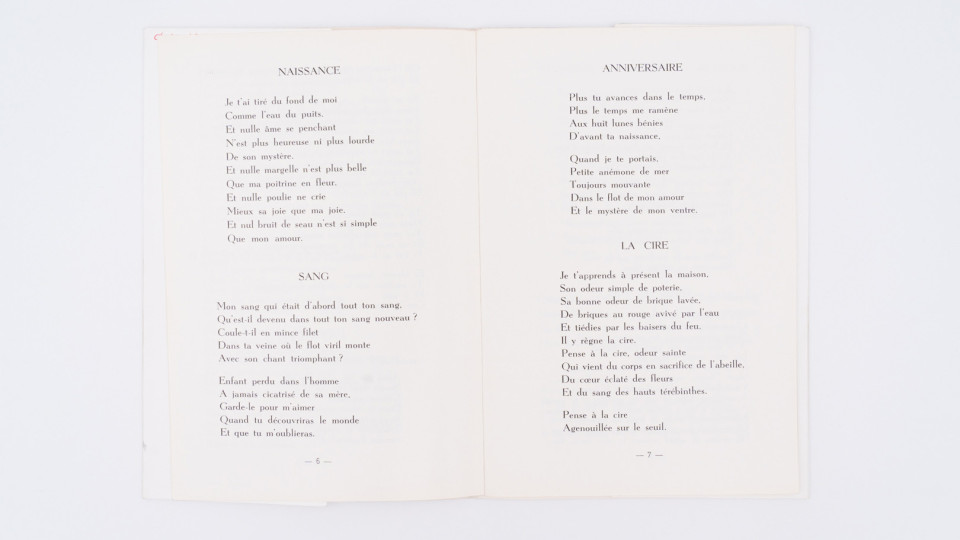
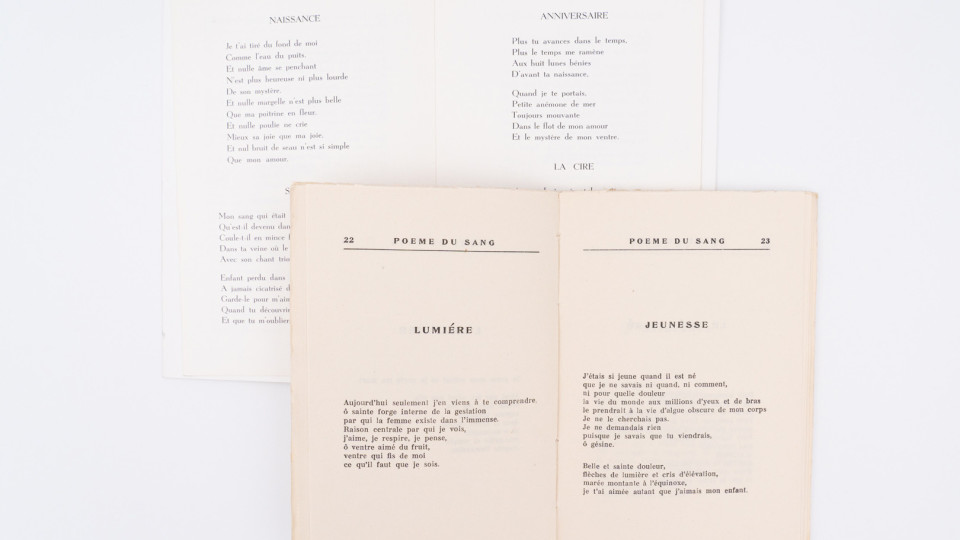
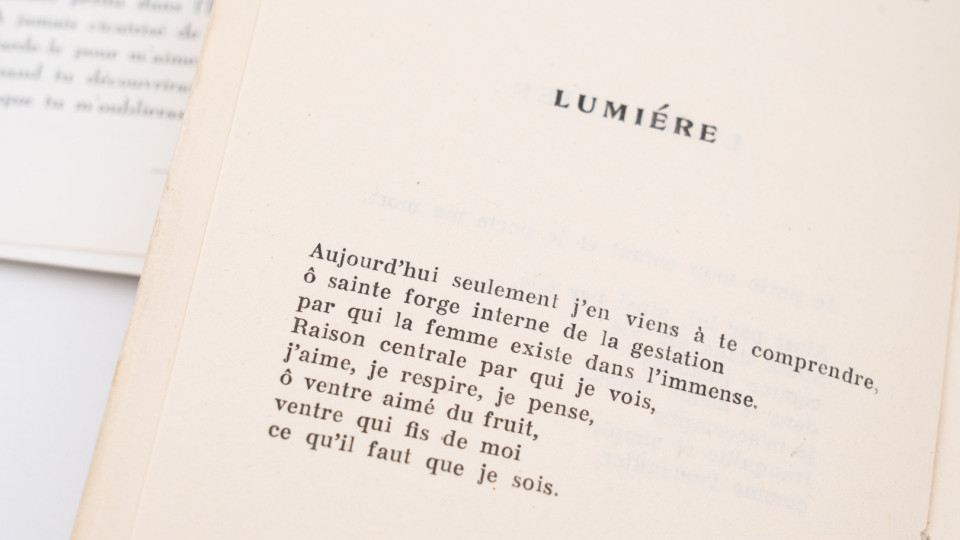
The painter and the poetess
The meeting of two Liège legends
Renée Brock (1912–1980) and Guillaume Corneille (1922–2010)
Known for her “poetry sessions”, Renée Brock, a close friend of Marcel Thiry, received the Victor Rossel Prize in 1971. A founding member of the CoBra movement, Guillaume Corneille spent his childhood in Liège. He met Renée Brock on his return after the war, witnessed the launch of her literary salons and was a privileged reader of her poems before they were published.
For the first time, the city of Liège, in partnership with the Guillaume Corneille Foundation, is exhibiting a collection of unpublished letters and handwritten poems sent to the travelling painter, who was a regular visitor to his hometown, supported by the collector Fernand Graindorge and Ernest van Zuylen, who exhibited his work at La Boverie on numerous occasions. A close friendship developed between the two men, culminating in 1951 in the last exhibition of the CoBra group. Sensitive to all forms of art, Renée Brock was for a time secretary of the Association for the Intellectual and Artistic Progress of Wallonia (A.P.I.A.W.).
Renée Brock made her mark with her bold and feminist themes, which were ahead of their time. Marcel Thiry ranked her among his ‘pleiad’ of poets. In Poème de Sang (1949), she addressed the story of motherhood and the journey of a mother in a devastated Europe. A shared experience of war and its traumas brought the poet and the painter together. Both artists took risks by helping Jews during the occupation. A shared love of the poets Arthur Rimbaud, Apollinaire, Cendrars and Federico Garcia Lorca brought them together. Their letters also reveal the same lyrical soul, an extroverted sense of expressing ‘the beautiful mast of life’, and the same taste for sunshine and Mediterranean landscapes.
The collection Solaires, published in 1950, contains numerous references to the paintings of Guillaume Corneille. The book follows an autobiographical thread and unfolds like a geography of happiness rediscovered in the south of France and then in Spain. Opening with a sombre poem paying tribute to the “pretty dead aged twenty-five” who lie in the “gardens” where “flowers whisper” amid “black crosses”, the collection then invites the reader to follow in Van Gogh's footsteps to Arles, to Cézanne's country in Aix-en-Provence, and then to the ‘sands of Spain’ with a vibrant dedication to the murdered poet Federico Garcia Lorca. At the same time, Guillaume Corneille painted a series of abstract paintings celebrating the Spanish writer's poetry throughout an entire cycle. Solaires is printed with an orange-yellow cover evoking the colour of the sand on which the poetess likes to ‘lie down’. The collection is an ode to the beautiful season, to summer, to the feeling of love, motifs that also feature in Cornelian painting.
Renée Brock created a literary circle in her villa Mazet in Tilff, which over time attracted Raymond Queneau, Marguerite Yourcenar, Georges Simenon, Haroun Tazieff, Roger Caillois, Maurice Genevoix, René Etiemble and Nathalie Sarraute, and which was noticed by Gaston Bachelard. She often invited Corneille to join them, but the distance gradually drove them apart. The letters provide us with a wealth of information about the two protagonists. Renée Brock sometimes put Corneille up and managed the money for his stays in Liège.
Renée Brock's style is economical and powerful. The poetess uses a concise language that conveys a deeply moving intensity of life in just a few words. Corneille used the same pictorial technique, finding sensitivity in the intensity of detail. In 1971, twelve years after L'amande amère was published by the prestigious Seghers publishing house, she won the Victor Rossel Prize for her collection of short stories L'Étranger intime. This highly modern book continues the poet's preoccupations: she describes in several situations the freedom of being a woman, the different ages of the body, social constraints, attraction and mistrust of masculine codes, and lavishes an art of emotion in a false detachment.
Her complete poems were published in 1982 by Jean Breton at Saint-Germain-des-Prés, enriched with forty unpublished poems and the essay ‘Pourquoi, comment j'écris’ (Why and how I write).
Cédric Pernot
Fondation Guillaume Corneille
Object of the month on video
Location of the exhibition
The objects are on display in the object of the month showcase. Entrance hall of the Grand Curtius Museum in Liège.
Copyright des photos : Ville de Liège - Grand Curtius
